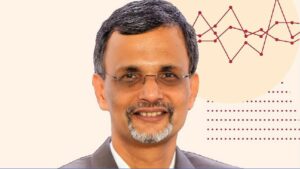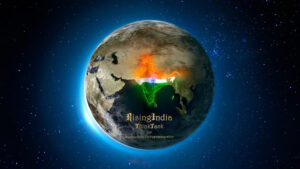By IE&M Research
According to the data, “bankruptcy and indebtedness” farmer-suicides witnessed the sharpest spike in 2015, registering an almost threefold increase (3,097) as compared to 2014 (1,163). Farm-related issues, too, have seen a sharp spike of over 61%. While 969 suicides were recorded due to crop-failure and other farm-related issues in 2014, 2015 saw 1,562 suicides in this category. Maharashtra (1,293) reported the maximum number of suicides due to “indebtedness”, followed by Karnataka (946) and Telangana (632). With 131 deaths, Telangana reported the highest number of suicides by farmers who took loans from moneylenders, with 131 deaths, followed by Karnataka (113). Similarly, farm-related issues such as crop failure forced 769 farmers to end their lives in Maharashtra, followed by 363 in Telangana, 153 in Andhra Pradesh and 122 in Karnataka. Family problems (933) and illness (842) were other top reasons for suicides among farmers in 2015.ccording to National Crime Records Bureau’s latest farmer-suicides data, farmer suicides saw a spike of 41.7% in 2015 from 2014. The year 2015 saw 8,007 suicides by farmers compared to 5,650 in 2014. Among the states, the data showed Maharashtra (3,030), Telangana (1,358), Karnataka (1,197), Chhattisgarh (854) and Madhya Pradesh (516). Karnataka saw a more than threefold rise in farmer suicides in 2015, as compared to 2014 when around 300 farmers ended their lives. The data also show that 80% of farmers killed themselves in 2015 because of bankruptcy or debts after taking loans from banks and registered microfinance institutions. According to data, of the over 3,000 farmers who committed suicides across the country in 2015 due to debt and bankruptcy, 2,474 had taken loans from banks or microfinance institutions. Only 10% farmers had committed suicide due to debts caused by loans taken from both banks and money lenders.






















